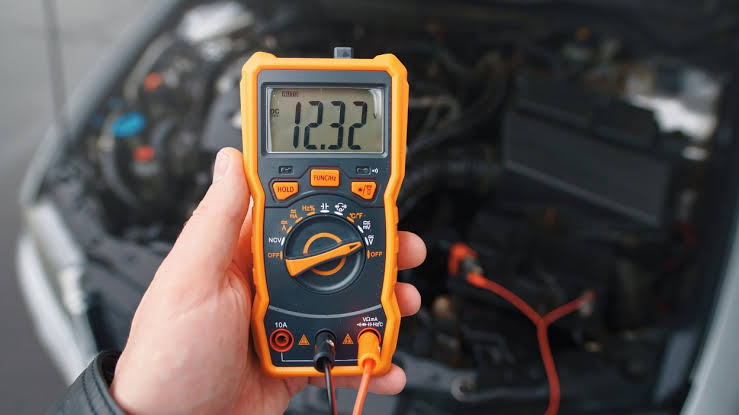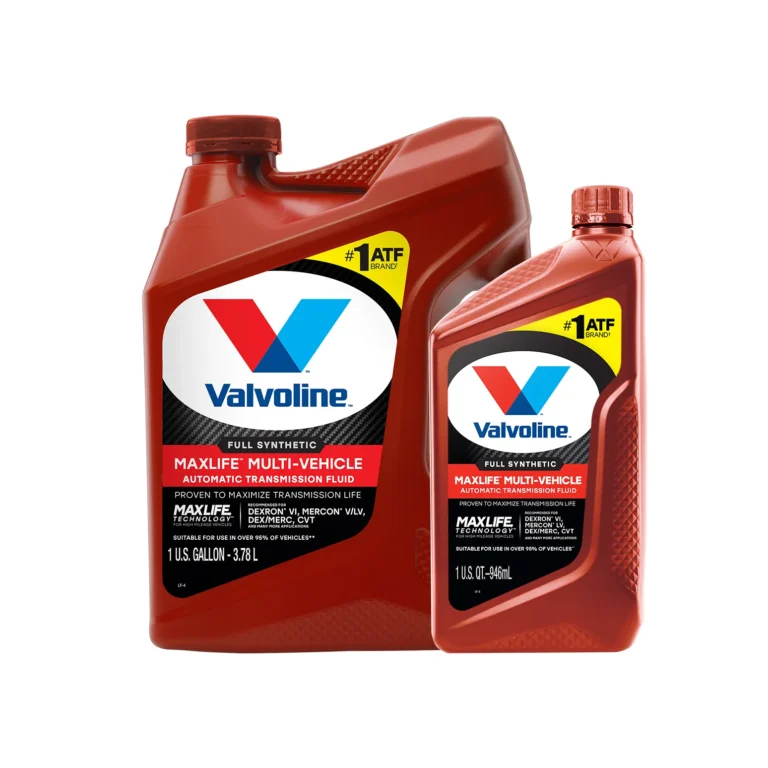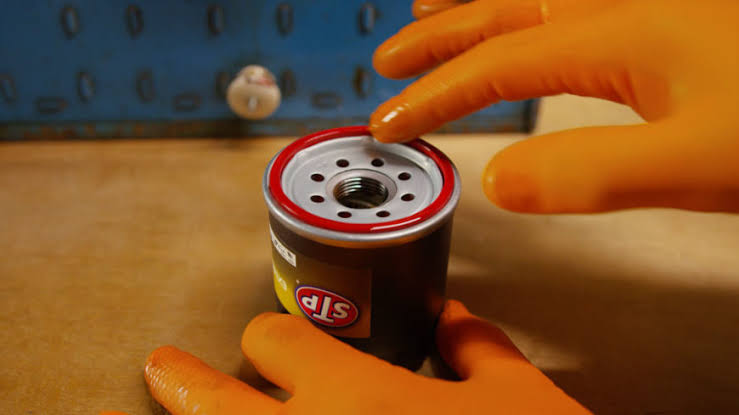How to Check Car Battery Life: A Complete Guide

Your car’s battery is essential for starting the engine and powering electrical components. Over time, it can lose its ability to hold a charge, leading to weak starts or a dead battery. Checking your car battery’s health regularly can prevent unexpected breakdowns.
In this guide, we’ll go over different ways to check your car battery life, signs of a failing battery, and how to extend its lifespan.
Signs Your Car Battery Is Dying
Before testing, watch for these warning signs of a weak battery:
- Slow engine cranking – The starter turns slowly when you try to start the car.
- Dim headlights and electrical issues – Lights may flicker or appear weak.
- Dashboard battery warning light – Indicates a charging or battery problem.
- Clicking sound when turning the key – The starter isn’t receiving enough power.
- Frequent jump-starts needed – The battery doesn’t hold a charge.
- Corrosion on battery terminals – White or greenish buildup can affect performance.
How to Check Car Battery Life
1. Check Battery Voltage with a Multimeter
A digital multimeter is the best tool for measuring battery health. Here’s how to use it:
Steps:
- Turn off your car and all electrical accessories.
- Set your multimeter to DC voltage (20V setting).
- Place the red probe on the positive (+) battery terminal and the black probe on the negative (-) terminal.
- Read the voltage:
- 12.6V or higher = Fully charged battery
- 12.4V – 12.5V = Partially charged (still okay)
- 12.0V – 12.3V = Weak battery, may need charging
- Below 12V = Battery is failing or needs replacement
2. Perform a Load Test
A load test measures how well the battery holds power under strain. You can do this with a battery load tester or at an auto parts store.
DIY Load Test:
- Turn on your car’s headlights for 2 minutes (engine off).
- Check the battery voltage with a multimeter.
- If the voltage drops below 12V, the battery may be weak.
- Start the engine and check voltage again. It should be 13.8V – 14.8V (indicating the alternator is charging the battery).
3. Check the Battery Age
Most car batteries last 3 to 5 years. To find your battery’s age:
- Look for a date code sticker on the battery (e.g., “3/21” means March 2021).
- If your battery is older than 4 years, consider replacing it before it fails.
4. Inspect for Corrosion and Damage
- Corroded terminals (white or greenish buildup) can block power flow.
- Swollen or cracked battery casing indicates overheating or internal damage.
- Loose battery cables can cause intermittent starting issues.
5. Get a Professional Battery Test
Most auto parts stores (AutoZone, O’Reilly, Advance Auto) offer free battery testing. They use a professional load tester to determine if your battery is still good.
How to Extend Car Battery Life
- Drive regularly – Short trips don’t allow the battery to recharge fully.
- Keep terminals clean – Remove corrosion with a baking soda and water mix.
- Avoid excessive electrical use – Don’t leave lights or accessories on when the engine is off.
- Secure the battery properly – Vibrations can cause internal damage.
Conclusion
Checking your car battery life is easy with a multimeter, load test, and visual inspection. If your battery is older than 3 years, struggles to start, or tests below 12V, it may be time for a replacement. Regular maintenance can help extend battery life and prevent unexpected failures.
Also Check:
• How Do I Know If My Alternator Is Bad?





